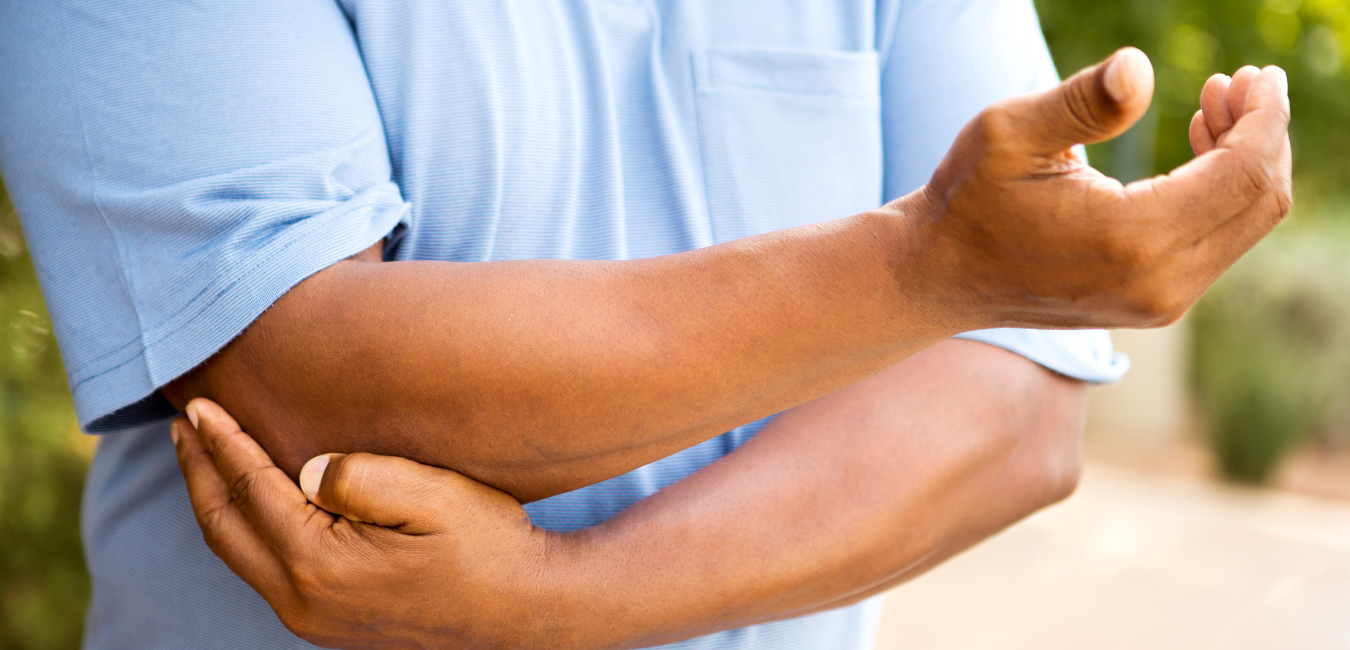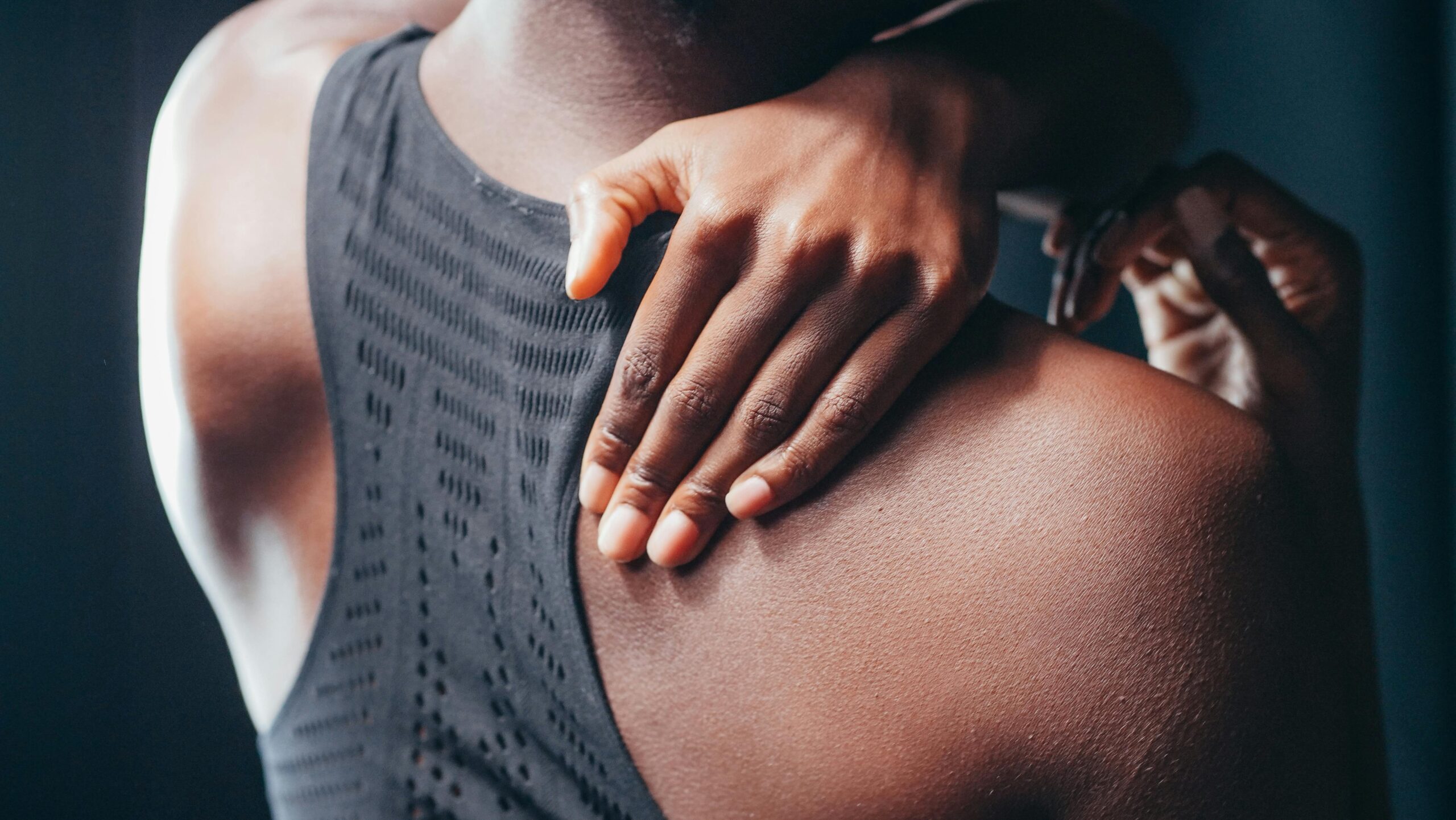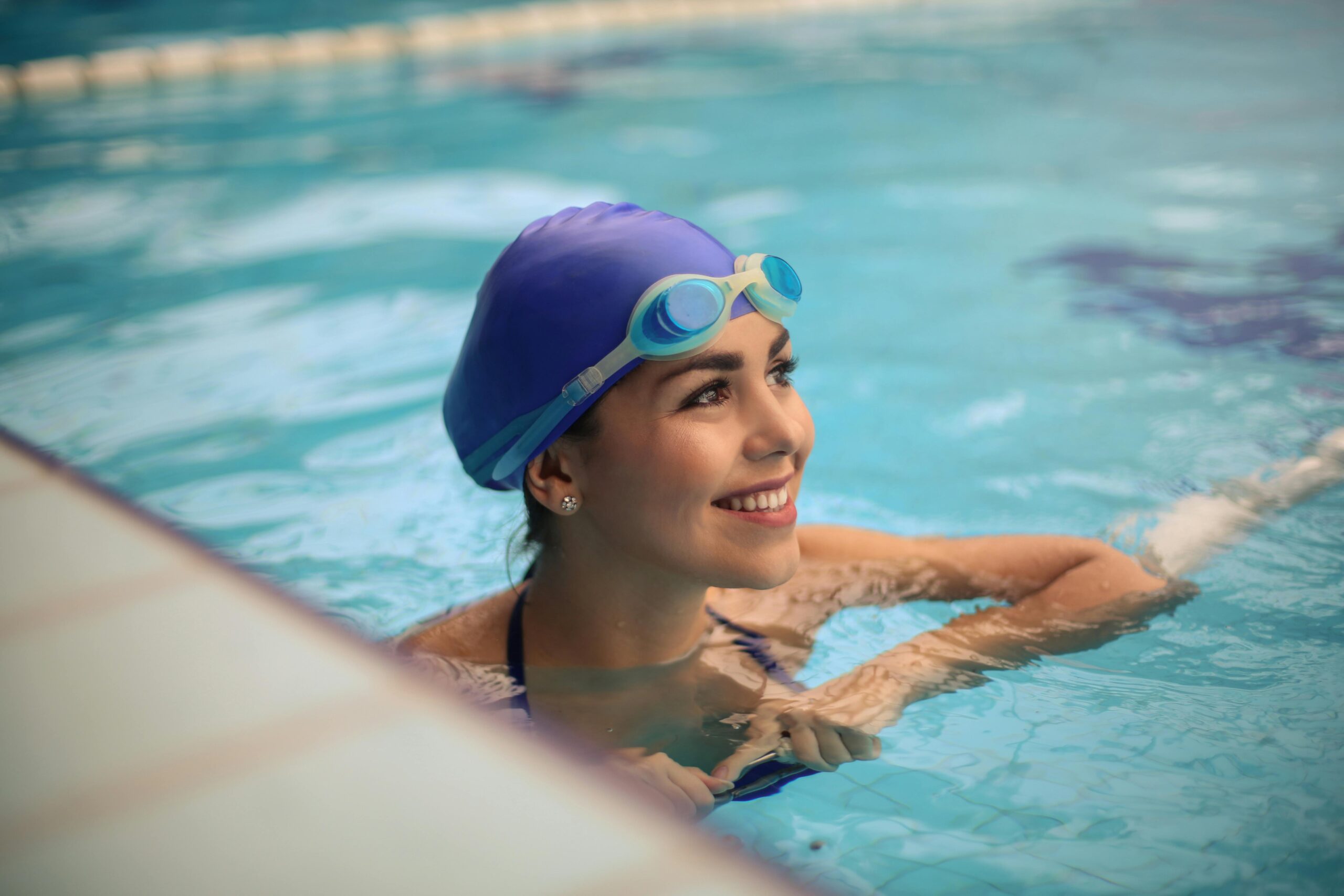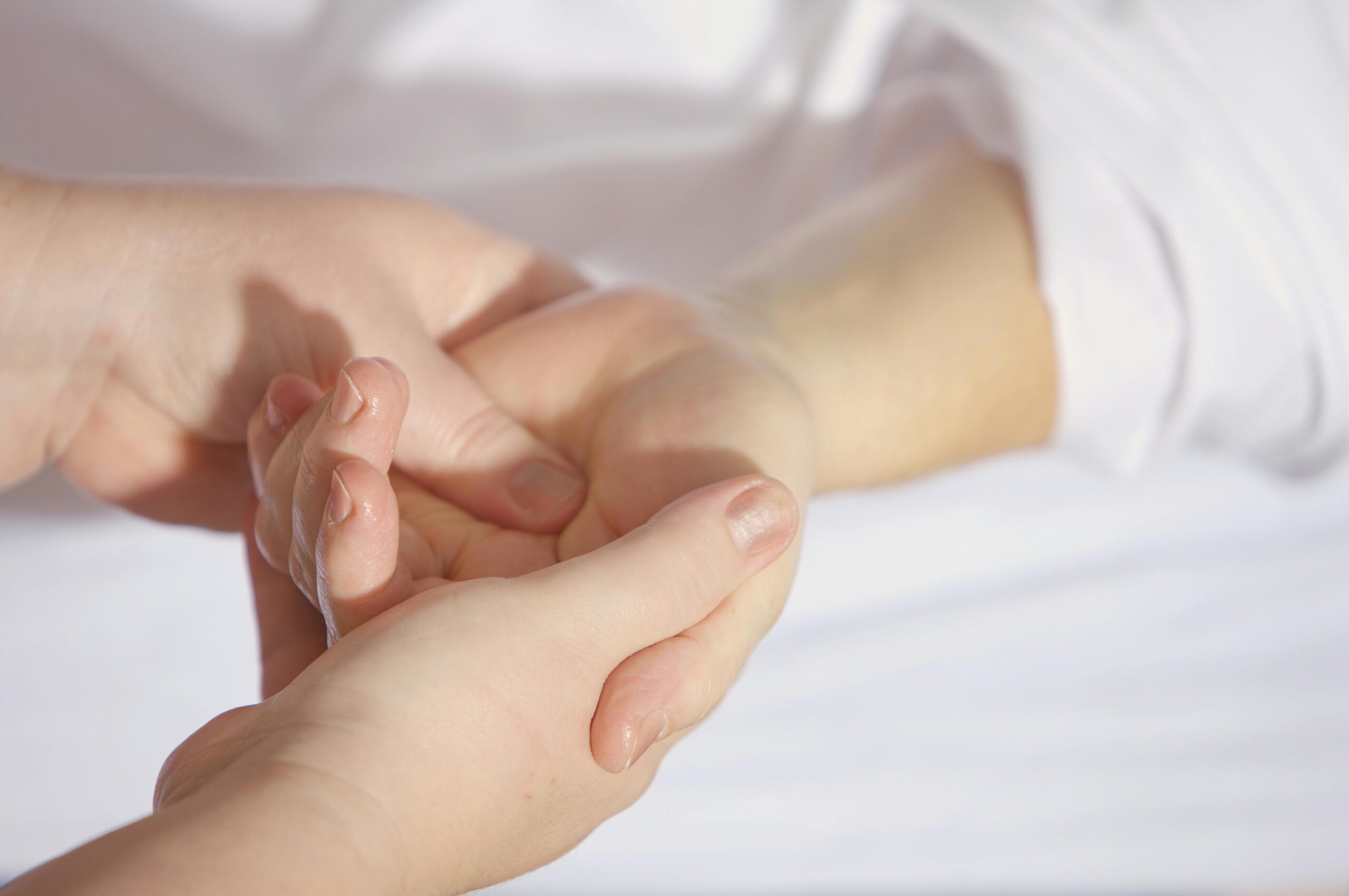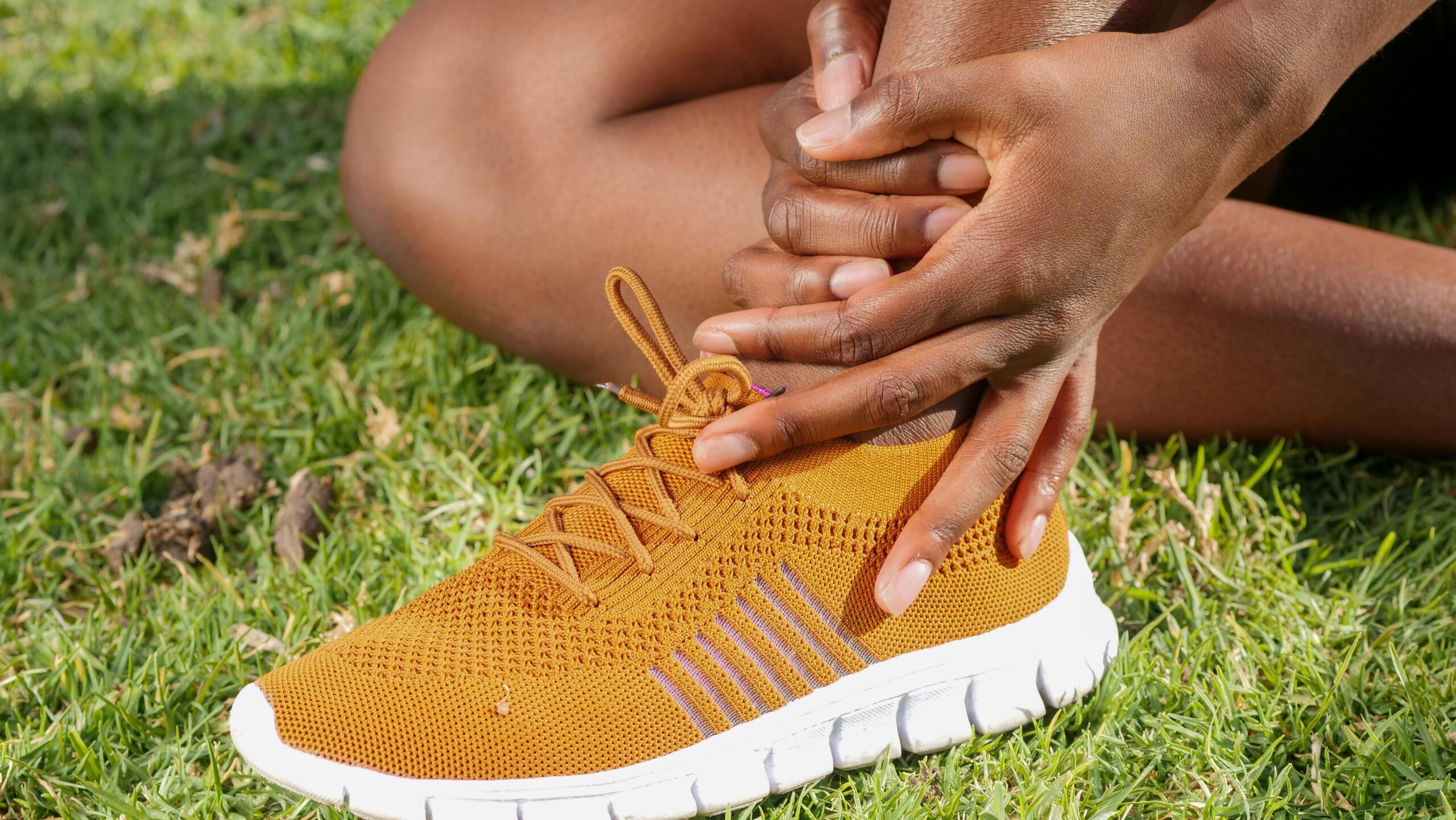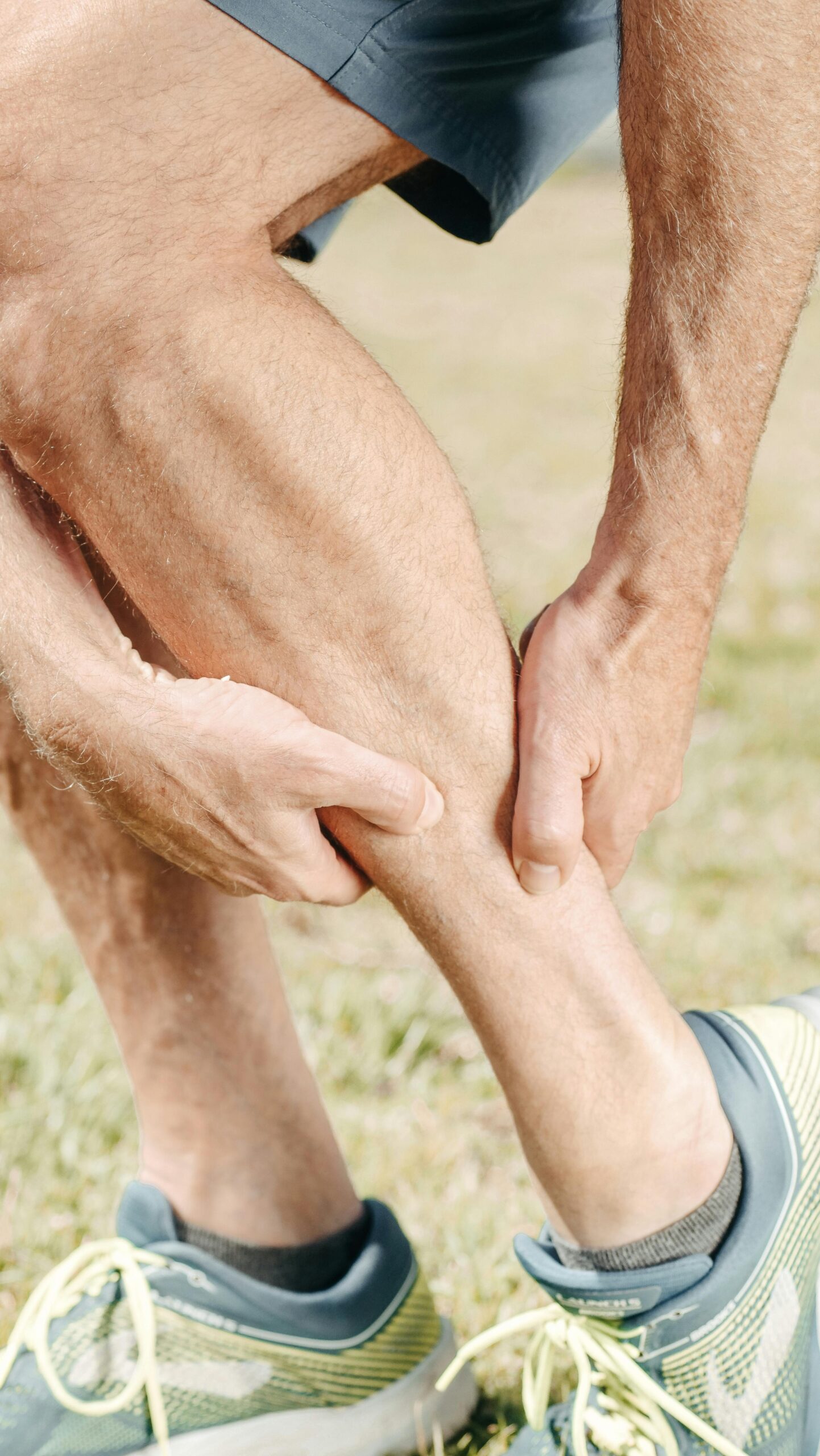Tennis elbow; not just a condition for athletes
What is Tennis Elbow? Tennis elbow, also known as lateral epicondylitis, is a condition that is characterised by pain in the outer aspects of the elbow. The injury typically comes about from overusing the elbow and wrist in activities that requires repetitive gripping or straightening of the wrist. Contrary to popular belief tennis elbow is more of a degenerative injury rather than and inflammatory injury. This indicates that using anti-inflammatory medications such as ibuprofen or cortisone injections may not be…

